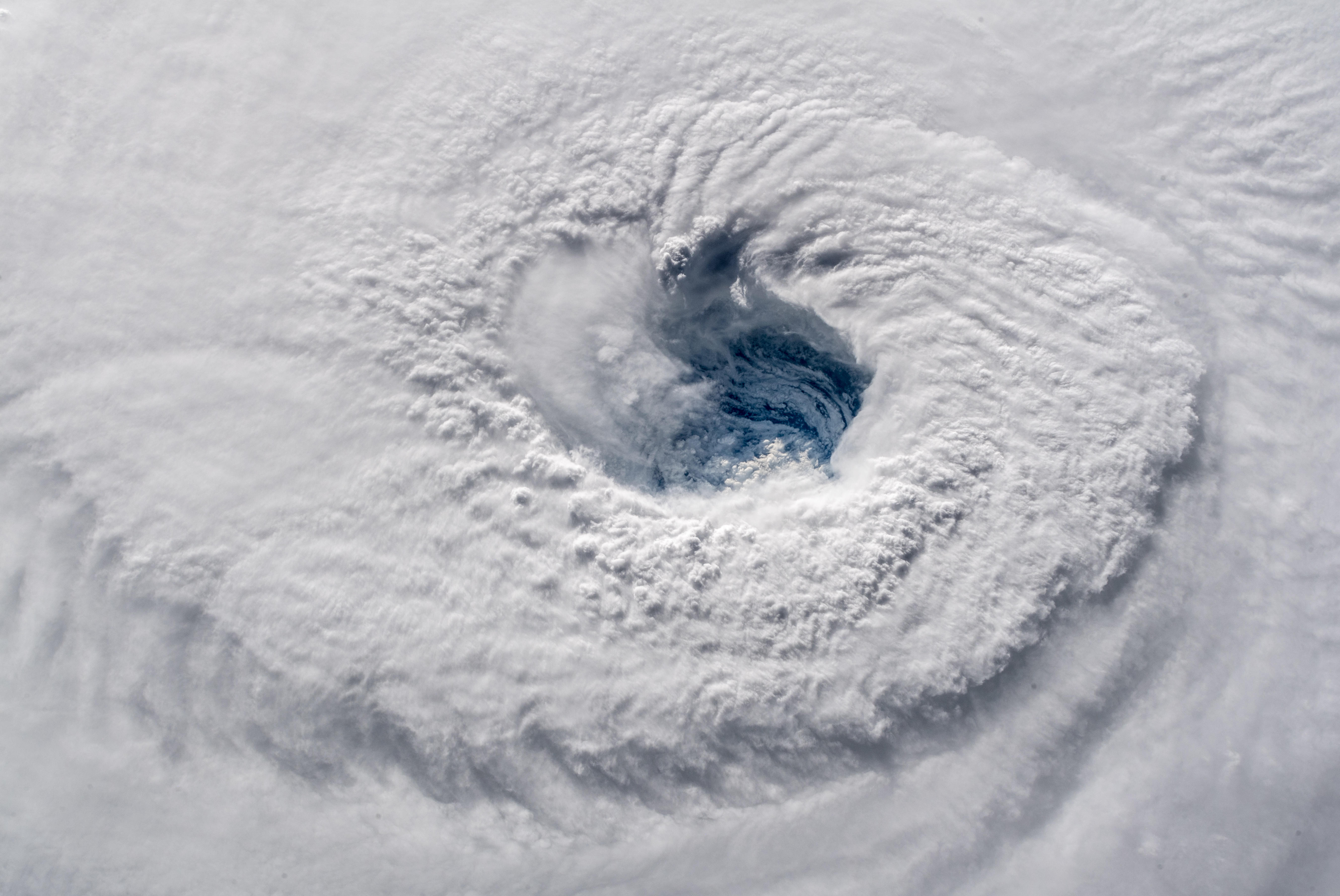Hurricane Florence Is 50 Miles Larger, with 50% More Rain, Thanks to Climate Change

For the first time, researchers have calculated the impact of climate change on a hurricane before the storm is over.
Hurricane Florence, they found, will grow about 50 miles (80 kilometers) larger and will dump 50 percent more rain over a period from Sept. 11 to Sept. 16 than it would have in a world before climate change.
The paper, published online today (Sept. 12), relies on established techniques for studying cyclones, though it has not yet been subject to peer review. Researchers from Stony Brook University forecasted the storm based on existing global conditions. They then did the forecast again using conditions that would have been expected in a climate unchanged by human activity, meaning greenhouse gases, aerosols and other atmospheric metrics were all set to "pre-industrial levels," or those found more than 150 years ago.
"In particular, the air temperature, specific humidity, and sea surface temperature from the observed [real world] conditions are modified to remove climate change effect," they wrote in the new paper. [Photos of the Monster Storm]
The first effects of the now Category 1 Hurricane Florence are already being felt in the Carolinas, where the storm is expected to make landfall later today, according to the National Hurricane Center (NHC). Rainfalls up to 40 inches (102 centimeters) in some places are expected in a region ranging from coastal North Carolina to northeastern South Carolina, with flash flooding likely, according to the NHC. High winds, life-threatening storm-surge flooding and significant rain are expected across a much wider area, according to the NHC.
More than 1 million people will likely evacuate from the storm's path in the Carolinas and Virginia, according to the New York Times.
Originally published on Live Science.
Get the world’s most fascinating discoveries delivered straight to your inbox.



